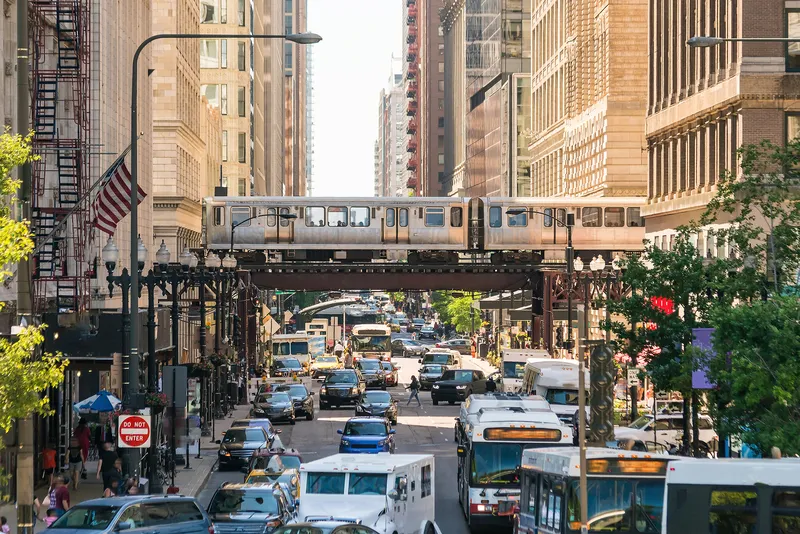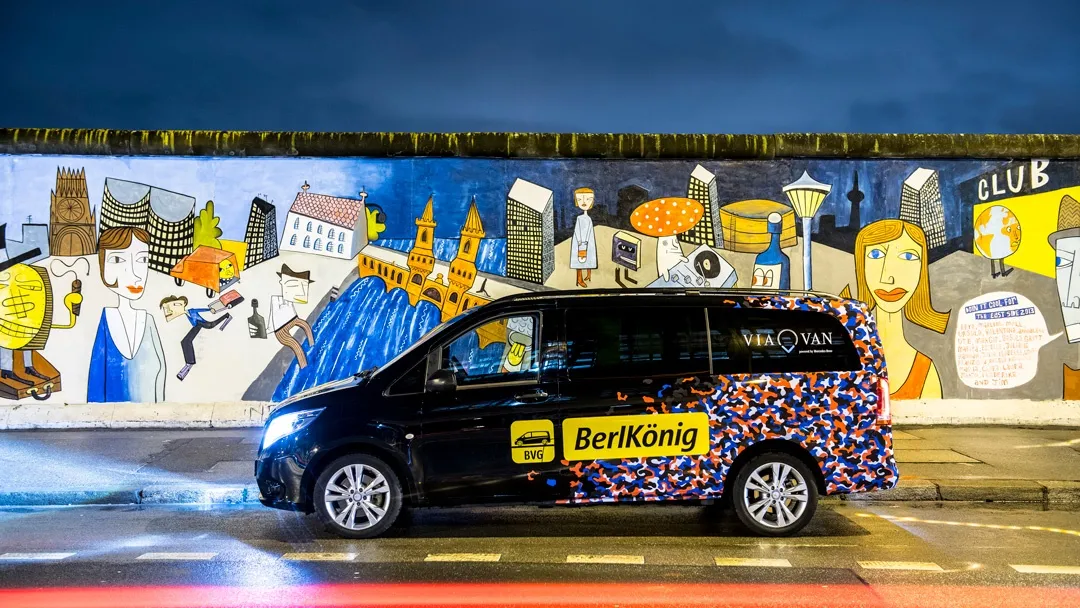
The Chicago Department of Transportation (CDoT) and the Chicago Transit Authority (CTA) are launching pop-up essential bus lanes at two of the US city's busiest routes.
The temporary lanes will support a bus service for essential workers along Chicago Avenue (#66) and 79th Street (#79) by converting travel lanes in both directions to 24-hour dedicated bus lanes.
Chicago mayor Lori E. Lightfoot says: "This programme is the first step to ensure our residents will continue to have convenient access to public transportation throughout the pandemic and after.”
The lanes are aimed at keeping buses operating at regular intervals as CTA works to facilitate social distancing.
CTA president Dorval R. Carter, Jr says: “Public transit has been a critical lifeline for the city throughout the pandemic and measures such as this will help ensure we can continue to safely support our city’s re-opening efforts.”
The city's government says the project will convert 7.6 lane miles to dedicated bus lanes, providing nearly 20,000 transit riders with a more reliable bus service each day.
The temporary CTA bus lanes will be installed on three miles of 79th Street, from Cicero to Western, and for 4.6 miles on Chicago Avenue, from Laramie to Ashland.
As part of the project, right turns will be permitted at all intersections and current kerbside access will be maintained.
Parking, loading zones and driveways will not be affected, the city's government adds.
Aside from this initiative, the CDoT has responded to Covid-19 by creating more than 10 miles of temporary shared streets that allow people to walk and cycle safely.
Additionally, it has expanded its Divvy bike-share system to cover the full Far South Side of Chicago.
Last year, the Lightfoot administration identified $20 million in funding for a joint CTA and CDoT initiative to improve bus travel times and services on seven routes. The Bus Priority Zone Programme made improvements at eight locations, several of which were also along Chicago Avenue or 79th St.
The next set of bus priority zones will focus on the installation of designated bus-only lanes, new pavement markings, street-level and overhead signage and kerb extensions.










